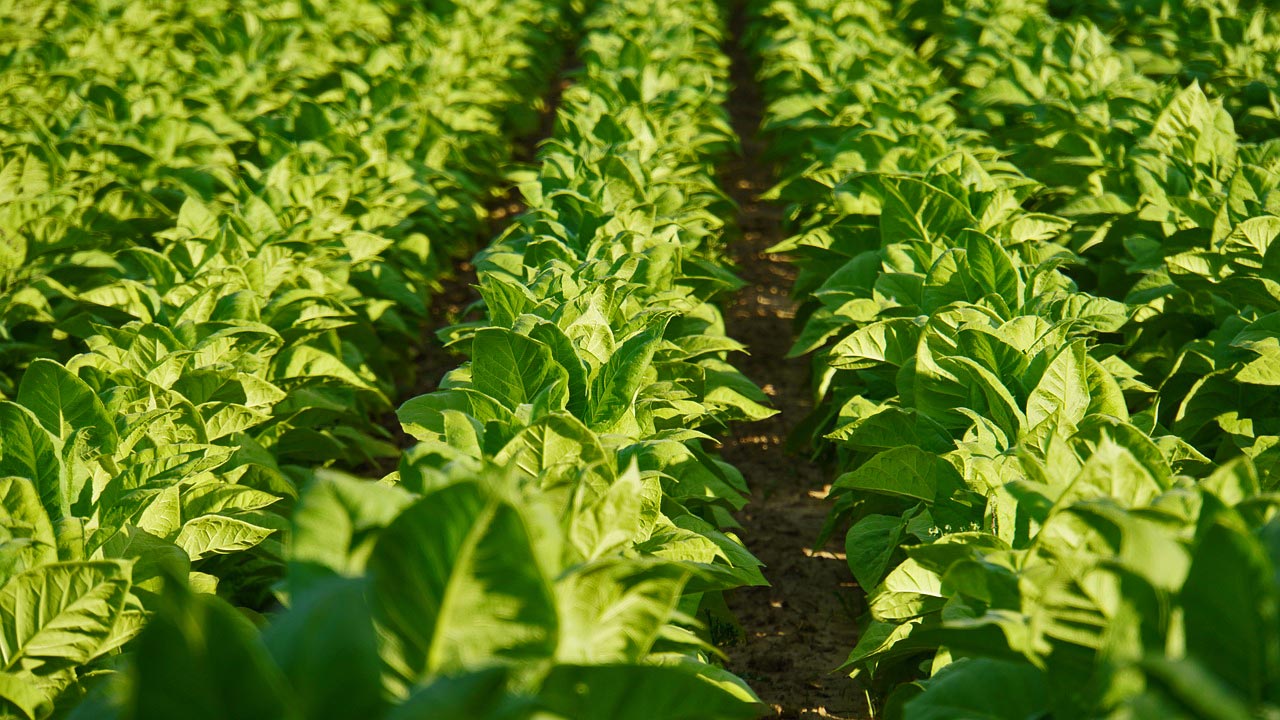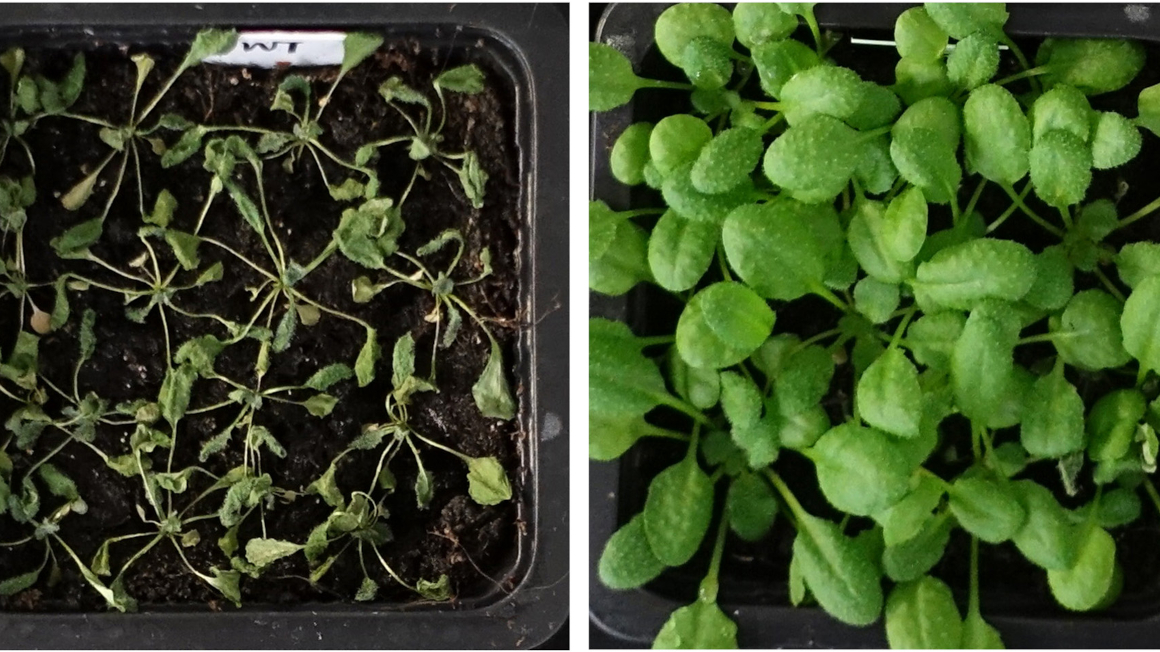How plant leaves tolerate high salt concentrations
The salt protection mechanism now demonstrated in plant leaves is superior to that in roots and opens up potential for plant breeding.

Tobacco plant leaves are more tolerant than expected: A research team from the Julius Maximilian University of Würzburg has been able to demonstrate that the leaf cells can cope with astonishingly high saline concentrations. In addition, the experts showed that the underlying mechanism is different from that in roots - and superior to that in the case of briefly elevated salt concentrations. This has great significance for agriculture, as many crops react to high salt concentrations by limiting their growth and thus their yield.
Roots use SOS pathway for salt protection
Drought or heat can cause the level of sodium chloride, also known as common salt, in the soil to rise. Plants absorb the salt through their roots, and once too much gets into shoots or leaves, it can be harmful. Roots therefore have a long-known mechanism for getting rid of it again: Root cells increase their content of calcium ions in the cell plasma. This creates forces in the cell that repel sodium ions and force the salt back into the soil. Experts refer to this salt protection mechanism as the SOS pathway.
Rainer Hedrich's team now wanted to know how leaf cells get rid of the excess salt. To do this, they flooded the inside of tobacco leaves with a 30 percent sea salt solution. The salt stress is easy to observe because the leaf cells lose internal pressure and the leaves sink more and more. This is exactly what initially happened in the experiment. "However, the fact that the leaf completely recovered from the salt flooding and returned to its original leaf position after only 30 to 40 minutes was more than astonishing," reports Hedrich.
Leaf cells store salt in their vacuoles
Further analysis showed that the salt had left the intercellular spaces into which it had been injected, but not the leaf. The cell had taken it up into its cytoplasm. From there - the researchers reconstructed - the cell stored the salt in its vacuole. Vacuoles are cell organelles enclosed by a membrane. The surrounding cell thus returns to its normal pressure and the leaf straightens up again. Calcium and the SOS pathway - as in roots - thus play no role in the salt protection of leaves.
"Roots of most plants already suffer when they come into contact with only a quarter of the salt dose that we imposed on the tobacco leaf," explains Kai Konrad, co-author of the study published in the journal New Phytologist. Leaves would thus apparently have a better salt stress management than roots. However, it becomes problematic with persistent salt stress, because at some point the vacuoles are full.
Breeding approach for salt tolerant varieties
The team now wants to further analyze salt transport in plants, as the researchers hope this will provide approaches for plant breeding to produce more salt-tolerant crop varieties.
bl


